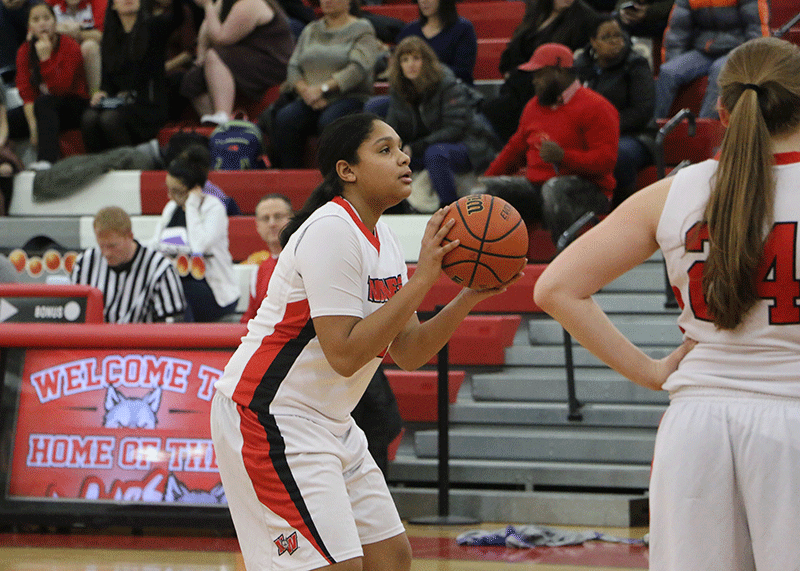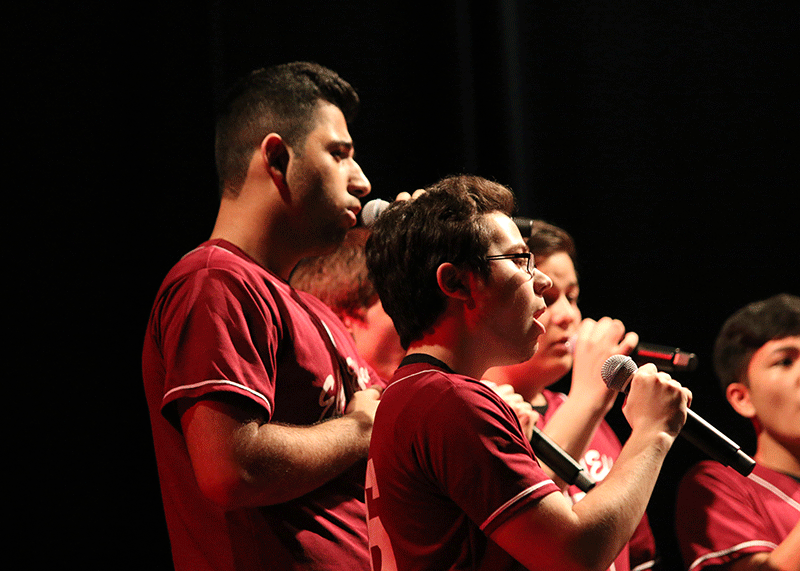 If anyone were to look back into his high school years, chances are he could remember who his good friends were, the students in each “clique,” and the in-school ranking systems of popularity. High school is a complete society within itself, and with all societies, no matter the period in time or culture, there is a class system. Inside our own personal memories, anyone could pick out the kid who happened to be in the lowest-of-the-low in the teenage caste system: the kid who anyone and everyone picked on. Gail Giles uses this as the centerpiece of his suspenseful, engrossing plot of Shattering Glass.
If anyone were to look back into his high school years, chances are he could remember who his good friends were, the students in each “clique,” and the in-school ranking systems of popularity. High school is a complete society within itself, and with all societies, no matter the period in time or culture, there is a class system. Inside our own personal memories, anyone could pick out the kid who happened to be in the lowest-of-the-low in the teenage caste system: the kid who anyone and everyone picked on. Gail Giles uses this as the centerpiece of his suspenseful, engrossing plot of Shattering Glass.
Thaddeus R. Steward IV, or Young as his friends call him, is not that kid; in fact, he’s the exact opposite. (He’s the smart, rich, popular kid in his small Texas high school.) One of the three friends is Jeff “Coop” Cooper, the star linebacker and small town hero on the varsity football team. While he isn’t exactly the brightest crayon in the box, Coop has his head on straight and focuses on three main things: football, friends, and college scholarships. Next in the posse comes Bob “Bobster” DeMarco who was hailed as the most attractive guy in school. Bobster is the type of guy who jumps from one girl to the next and puts on a complete “rough exterior” act, but still proves to be just as good a friend as anyone. Last but definitely not least is Rob Haynes, the leader of not just the admired crew, but of practically the entire school. Rob transferred into Brazos Vale High School during his junior year, swooped in like an eagle, and instantly became the alpha male of their entire graduating class. Everything in the lives of this seemingly perfect group is going just great; that is until they are all bystanders in the public humiliation of one of their peers one day during a passing period.
Simon Glass is the textbook geek who no one particularly liked until he was handpicked by Rob Haynes to be transformed. After witnessing Lance Ansley, the school bully, torture and humiliate Simon during a passing period, Rob Haynes turns to Young, our narrator, and informs him that he has plans for Simon Glass: to transform him into into not only Mr. Popularity, but also Class Favorite by the end of the school year. No one exactly knows the motive behind Rob’s plan, but following the leader just like sheep, the crew agrees to transform Simon Glass into everyone’s best friend.
Things start out simple. They change up Glass’s clothes, get him a new haircut, and even invite him to beach hangouts with all their friends. With Glass’s newfound swagger, the plan actually began to look like it would work, but soon enough, things start to trail off course. Simon becomes a little too confident in his fresh role, and as he becomes more power hungry, Rob becomes more and more controlling of how Simon acts. In the end, people are despicably blackmailed, dark and horrible secrets are revealed, and even the heart of Young’s girlfriend is broken.
Shattering Glass touches the mind of both the reader and the narrator by effectively emphasizing emotions that we all are accustomed to: anger, regret, fear, and betrayal. Toward the end of the novel, feelings of suspense and anxiety are perfectly portrayed as the reader could easily feel like he were in the shoes of Young. The build ups and changes of not just Simon Glass, but of the attitudes of each main character were pulled off almost perfectly. With the creative and irreplaceable illustrations of each character’s emotions and changes in each page throughout the book, the people in the novel become incredibly realistic, believable, and nearly lifelike.
The story not only portrays the lives of these four teenage boys, but also shows us a little something about human nature. People naturally feel the need to hide the truth from one another in fear of being judged, especially during the teenage years due to extreme self-consciousness, which is amazingly displayed all throughout Shattering Glass. One final aspect I truly enjoy about Shattering Glass is the quote at the beginning of each chapter. They foretell the rest of the story very well, and give away slight hints as to what is going to happen without telling too much or too little.
The only major criticism for this book is that the ending is told to the reader within the first paragraph of the novel, or could even be found on the back cover, which I believe was the only poor choice taken by Giles in writing this book. Personally, I am not a fan of spoilers, and the fact that the end of the novel was revealed on the first page really dropped the book on my scale. I also felt that the ending happened all too suddenly, and there should have been a more climactic build up leading to it.
Perhaps it was the fact that Giles was a former high school teacher in Texas that made her so capable of relating to teens like Rob and Young. With her years of teaching and interacting with hundreds of students, Giles has all the experience she needs in order to write this story effectively. Considering that she’s a female teacher, I think she outstandingly shows the inner emotions and perspective of a male high school student. Now living with her husband and children still in Texas, Giles has proven that luminary writers can come from the most humblest of backgrounds, including a small-town English teacher. All in all, Shattering Glass was an excellent novel that I would recommend to any friend, family member, or person simply looking for a good read.













